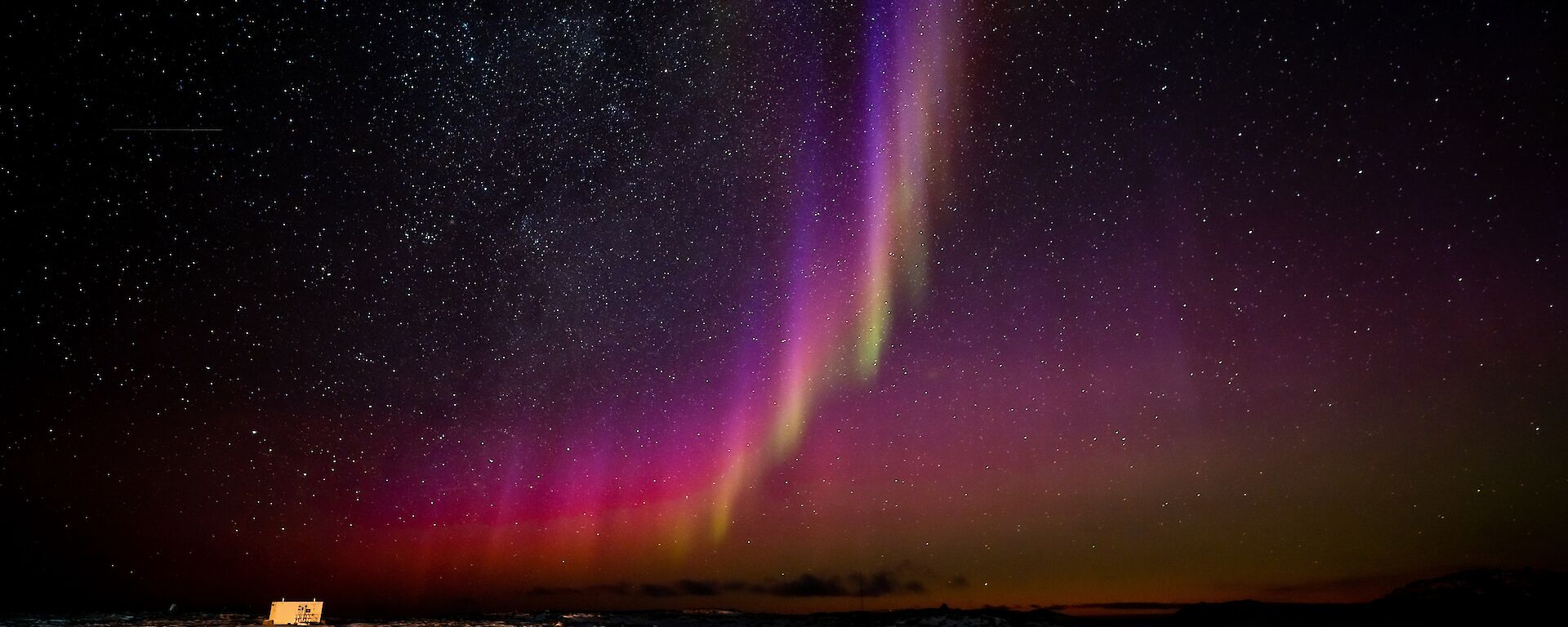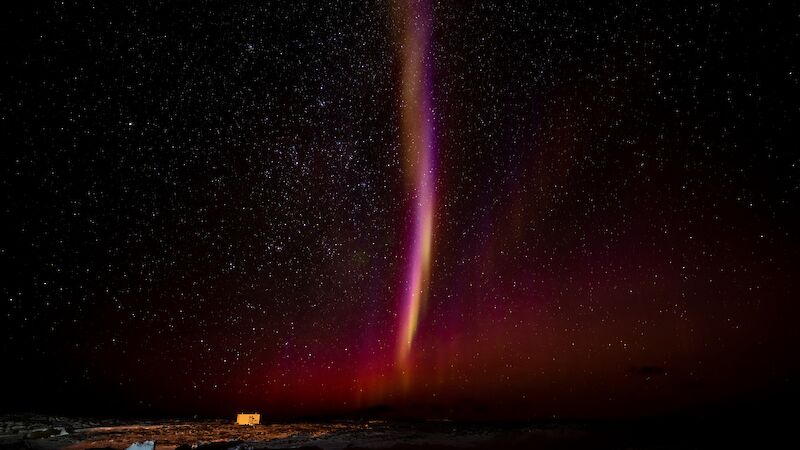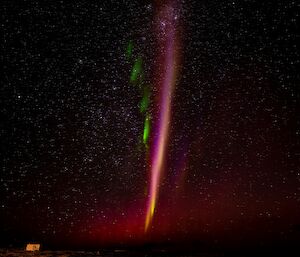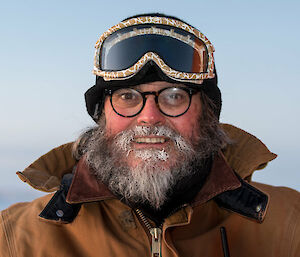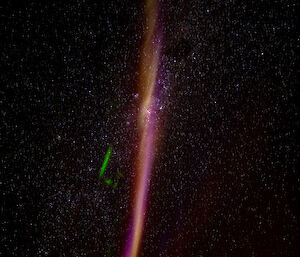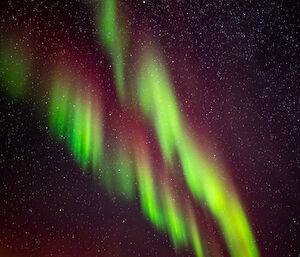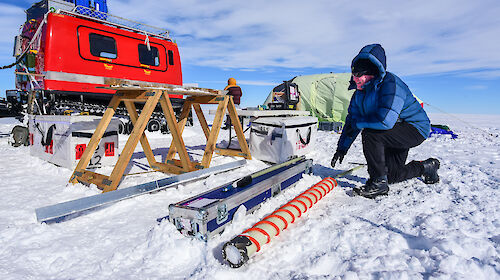What’s in a name
In the absence of a scientific classification for the phenomenon, citizen scientists originally named it ‘Steve’ after a hedge that suddenly appears overnight, in the animated movie Over the Hedge.
In 2016, scientists subsequently gave it the backronym ‘STEVE’, or ‘Strong Thermal Emission Velocity Enhancement’, based on satellite data showing it was associated with an intense flow of hot (3,000 °C) plasma.
Unlike auroras, which are green, red and purple light emitted by oxygen and nitrogen gases in the atmosphere, excited by solar wind electrons, STEVEs are generated by a fast-moving, east-west flow of electrons, about 130–270 km above the earth. Put simply, it’s more like a glowing hotplate, than a fluorescent tube.
Not your usual aurora
Senior weather observer at Casey research station, Barry Becker, is an avid aurora watcher and photographer. While out photographing aurora on August 17 this year, he unwittingly captured the rarely photographed phenomenon, which lasted only 20 minutes.
“I noticed the sky was different from other nights viewing aurora – the colouring was visible as a grey/white and pinkish band, extending right across the celestial dome, from north-east to south-west,” Mr Becker said.
“It was visible to the naked eye, but it was more obvious after 15 second exposures.
“When I put the photos on social media there were a lot of excited comments about a STEVE event in Antarctica. I didn’t know what it was, but once I found out, I was thrilled to have been able to capture it.”
Scientific importance
Australian Antarctic Division atmospheric physicist, Dr John French, was among those excited to see the photos.
“It is quite a rare event and Barry’s enthusiasm and dedication for capturing aurora phenomena has really paid off this year,” Dr French said, in reference to another relatively unknown auroral phenomenon Mr Becker captured earlier this year.
“This is a great capture of a STEVE and associated ‘picket fence’ aurora, and will contribute to the scientific knowledge of this poorly understood thermal emission.
“These types of citizen science observations are remarkably valuable to record and document atmospheric phenomena, and occasionally reveal new processes in fields that were generally thought to be well understood.”
The fleeting nature of STEVEs makes Mr Becker’s observation all the more important. Despite checking the night sky almost compulsively, Mr Becker hasn’t seen a STEVE since.
“I hope my photos can help scientists better understand this rare event, and allow everyone the chance to witness it,” he said.
Related story: Learn more about aurora in our interactive feature Awesome Aurora.

